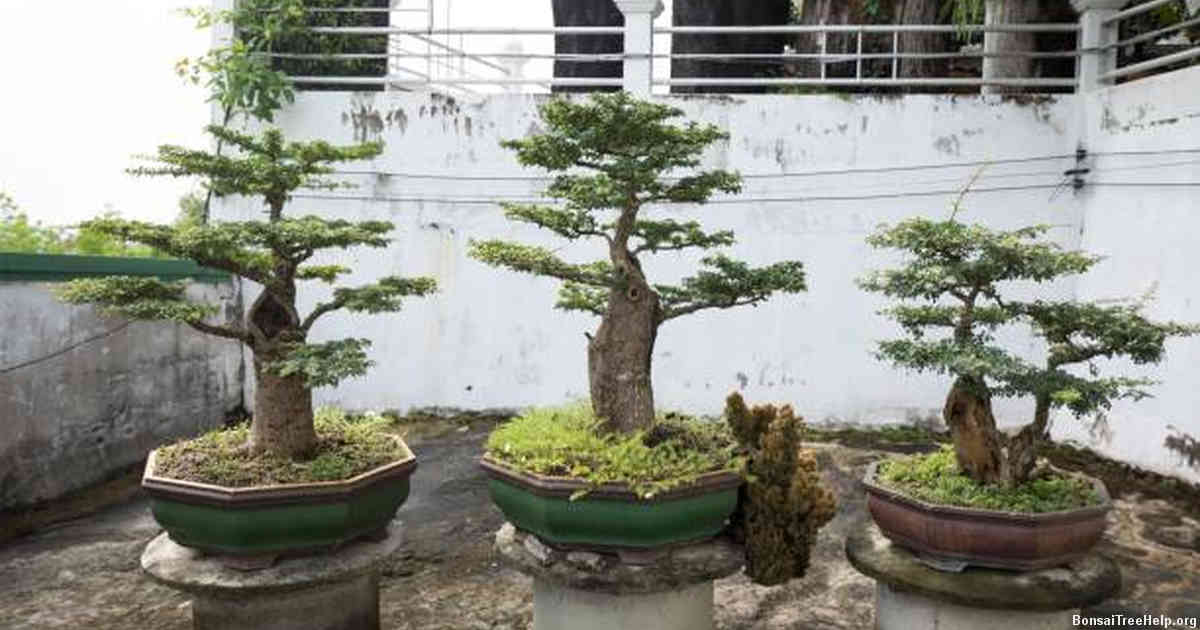
Repotting your heavenly bamboo bonsai should be done every 2 to 3 years. When repotting, it is important to remember that the roots can’t remain in soil too long, as they grow quickly and may soon become root-bound. This can cause problems if left unattended for a lengthy period of time. To check for root-bounding, push a chopstick or pencil into the soil near the edges of the pot; if it comes back out with thick clumps of white roots attached, then it’s time to repot. It is also recommended to do so when you notice new growth appearing at the base of the trunk or during early spring before new buds appear.
Contents:
Signs that indicate the need for repotting
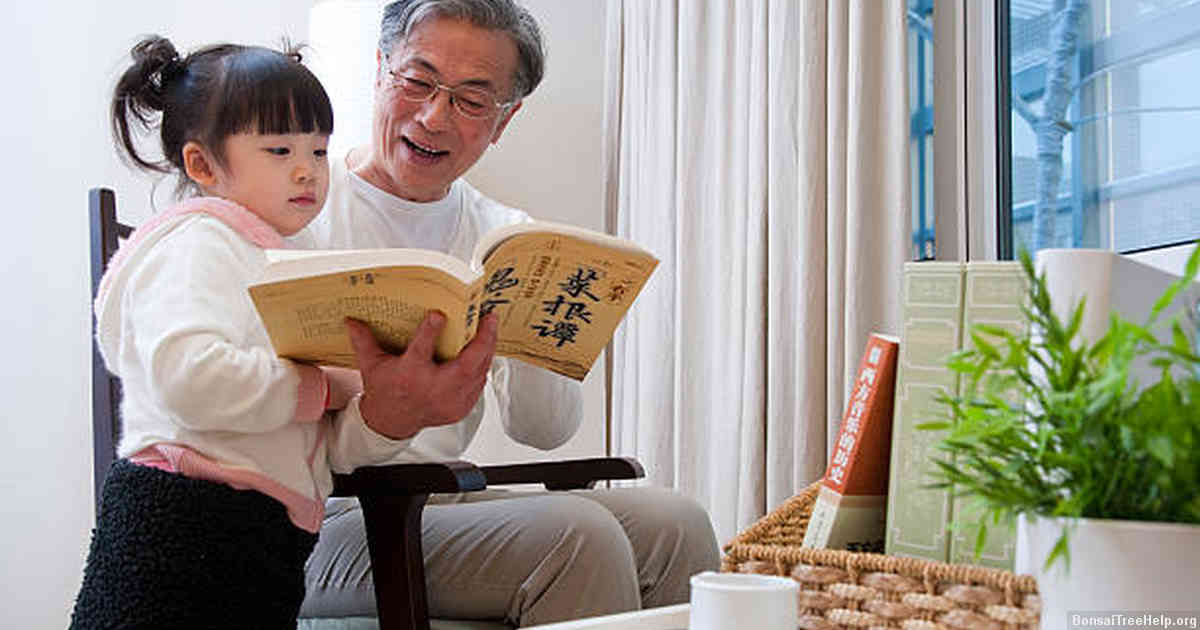
For gardeners with a heavenly bamboo bonsai, knowing when to repot the shrub is important for its health and growth. There are several signs which indicate that it’s time to give your bonsai a new home:
If there are roots curling around the edges of the pot or poking out of drainage holes, this means the plant has grown too big and must be moved into a larger container. If you find that water runs off quickly from the soil surface instead of seeping through as normal, this could also be an indication that it’s time to switch pots. Inspect your bonsai for damage caused by pests like spider mites; if these small bugs have taken up residence in your soil-filled pot then repotting will help eradicate their population and prevent further spread.
In addition to keeping an eye out for visible signs such as root overgrowth or pest infestations, paying attention to changes in your heavenly bamboo’s behavior can help identify when it needs a new home. If the leaves start becoming yellow or dropping prematurely despite giving it proper care then this could mean its roots aren’t getting enough oxygen from being cramped inside its existing pot; thus requiring transplantation into fresh soil with more space for healthy root development. Also if you notice branches not growing at their usual rate any longer – signifying stunted growth due to lack of aeration – don’t hesitate in finding a bigger container for your beloved bonsai.
Choosing the right time of year

When it comes to when should i repot my heavenly bamboo bonsai, the best time of year is in the spring. This is because this is when the tree has the most energy for its new pot and roots. Spring is generally a drier season than summer or fall so your plant won’t be stressed from too much water in its new home. In cooler weather there are fewer insects which could potentially damage your precious bonsai.
Choosing an appropriate soil mix for your particular tree species also plays an important role in deciding when to repot. It’s important to use a lightweight, fast draining medium that provides excellent aeration around the roots while still retaining some moisture and nutrients. A common blend consists of one part pine bark fines, one part coconut coir and one part crushed pumice or lava rock with a bit of organic fertilizer such as composted manure added during planting season.
In order to maximize growth potential, it’s essential to wait until rootbound plants fill their containers with new growth before transplanting them into larger vessels; otherwise you risk shocking them into dormancy with too much empty space around their roots. Timing usually depends on how quickly your bonsais reach rootbound status; however it may vary depending on climate and individual tree varietals so keep close watch over yours and move only when absolutely necessary.
Preparing the new pot and soil
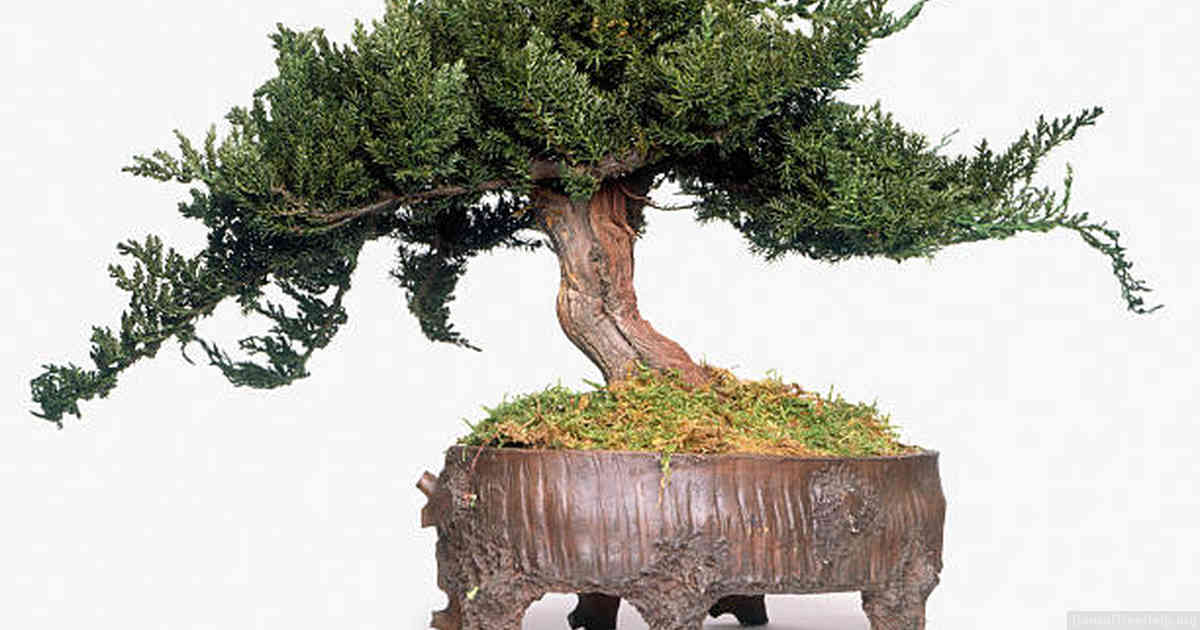
Before repotting a heavenly bamboo bonsai, it is important to make sure you have the right materials on hand. First, find a new pot that fits your needs. Make sure that it has adequate drainage holes so that water can escape and air can flow through the soil. Ideally, choose one made of ceramic or terra cotta for better heat retention. If not available, you may use plastic but make sure that it does not become too hot during sunny days. Next, be sure to acquire the proper soil mix for your plant’s health. A specialized bonsai mix of organic material and either sand or pumice should be used for optimal results. After gathering these items, you are ready to begin repotting your heavenly bamboo bonsai.
Careful removal from current container
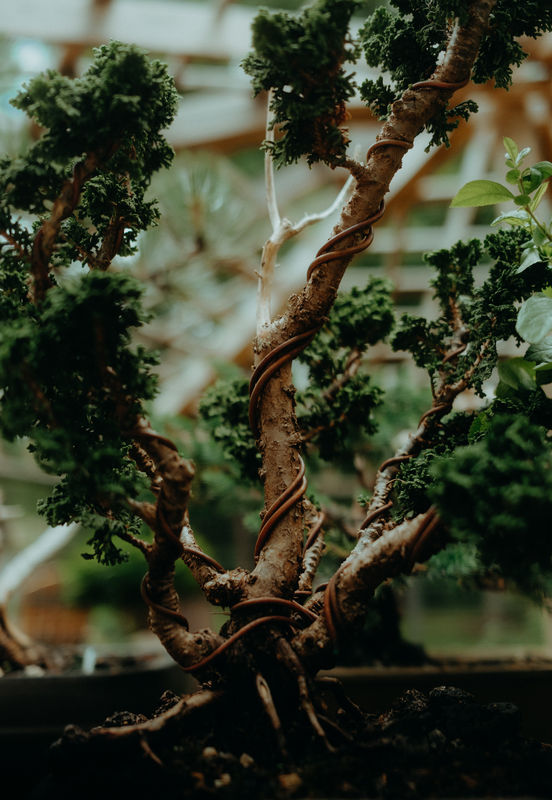
Removing a bonsai from its current pot requires careful execution to ensure the delicate roots and branches remain intact. It is important to use proper tools such as a pair of bonsai shears or small pruning saw to separate and cut away any excess soil that may be adhering to the root-ball. A soil mix should also be prepared beforehand, which will act as the foundation for your heavenly bamboo’s future growth. The ideal mixture would include 1 part organic matter and two parts inorganic materials such as sand, perlite, vermiculite, or akadama – all of which are ideal for providing adequate drainage while retaining ample moisture levels.
When handling the plant itself, it is best to do so with extreme care. Any sudden movements can cause irreparable damage to its fragile branches and foliage. Upon removing the bonsai from its previous container it is essential that you loosen up any tight root-ball tangles with either a chopstick or flat wooden stick before planting in your new potting medium. Over time this will allow for better oxygenation of the root system – promoting vigorous growth going forward.
Finally when placing your bonsai into its freshly mixed soil, make sure you compact it down around the roots firmly enough so that there isn’t air pockets but gently enough not over compress them – ensuring sufficient aeration exists around them at all times. Once you have securely planted your heavenly bamboo in its repotted home make sure you water accordingly as to avoid any potential issues associated with over watering or dehydration.
Root pruning and trimming
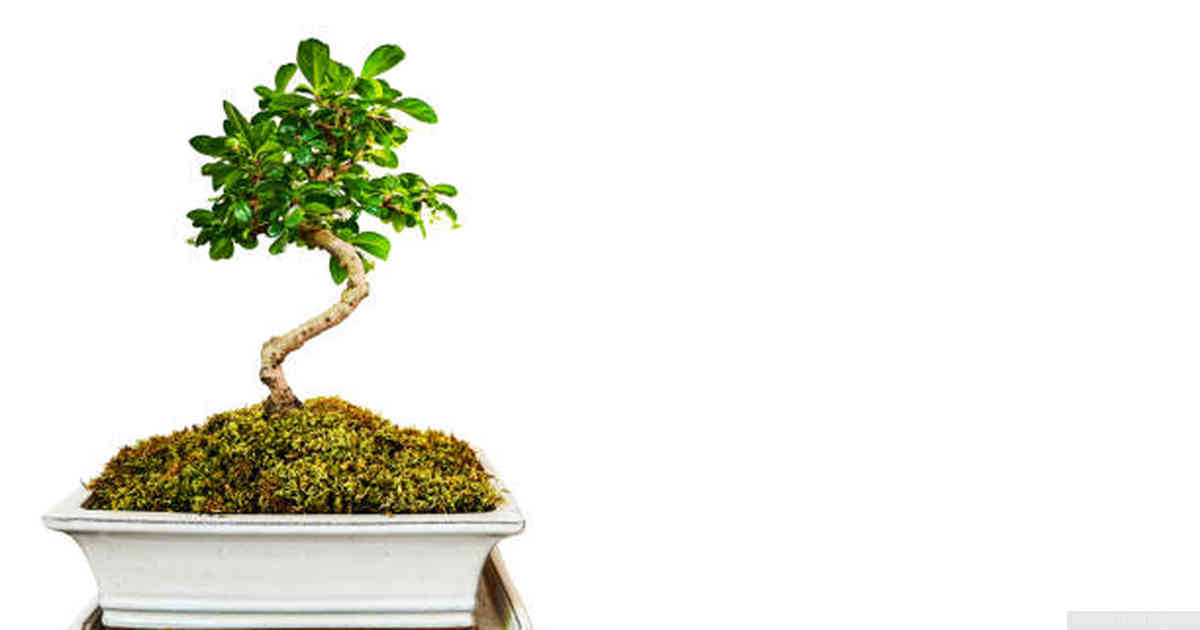
Root pruning and trimming are essential components of proper heavenly bamboo bonsai care. If you neglect this crucial step, your bonsai will suffer. When roots are trimmed or shaped properly, the tree can be nourished with the correct nutrients and water it needs to stay healthy. Root pruning should occur every six months or so as well as when re-potting or transplanting your bonsai. To do so, take a sharp pair of scissors and carefully cut off any dead or excess roots from around the trunk of your bonsai tree, making sure not to hurt any remaining live ones. A shallow root-trimming is necessary for large trees; for smaller ones, however, an entire section of soil must be lifted out in order to expose all the roots. Once you have removed them, tie some string loosely around the base of your tree just above where the cuts were made then add fresh soil around it before replanting.
For larger trees, trimming can also help shape branches and foliage that have grown too long by removing them at their base with a pair of shears instead of cutting back individual leaves one at a time. With these methods combined, you will keep your heavenly bamboo bonsai looking attractive while maintaining its health and allowing for easy maintenance over time.
Placing your heavenly bamboo bonsai in its new home
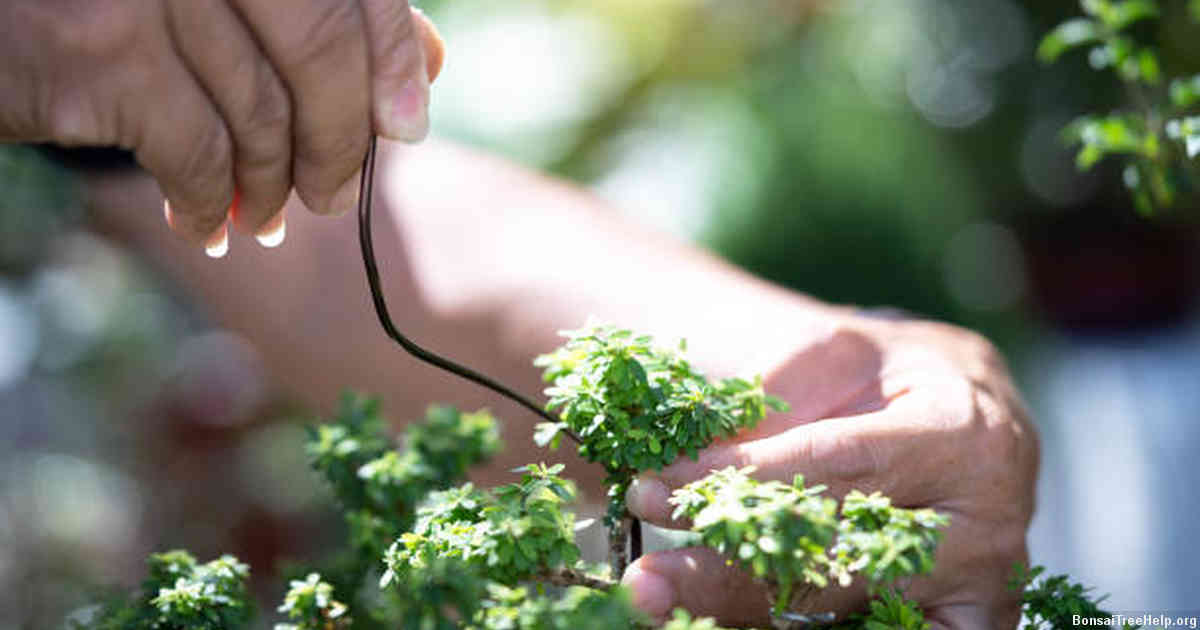
Once you’ve repotted your heavenly bamboo bonsai, you need to make sure it is comfortable in its new home. You’ll want to think of the environment that it grew in when choosing a spot for your new plant. Look for areas with indirect sunlight, such as near a window or indoors on an end table. It’s important not to place the plant somewhere too sunny, as the direct light can cause the leaves and stems to scorch from heat.
Likewise, make sure the temperature of its area isn’t too hot or too cold for optimum health. Make sure that temperatures remain between 55-85 degrees Farenheit (13-30 Celsius). Keep this number in mind if you decide to place it outdoors during warmer months – any colder than this could cause major damage to your bonsai tree and stunt growth in optimal ways.
When watering your newly transplanted tree, start off slow and gradually increase each time until you find what works best for your individual bonsai’s needs. Too much water can lead to root rot or disease, while not enough can prevent it from fully thriving so seek out a happy medium and stick with it once established.
Aftercare: watering, fertilizing, and monitoring growth
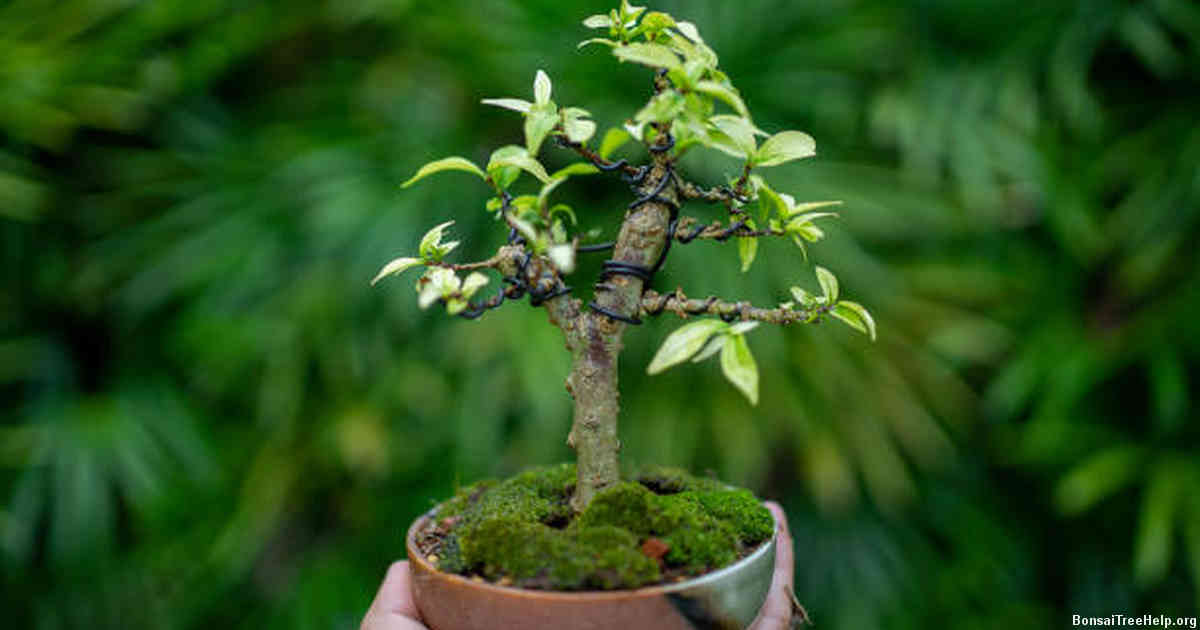
Maintaining a healthy heavenly bamboo bonsai requires careful aftercare. After repotting, water your tree as soon as possible to ensure the soil is damp but not soaked. A good rule of thumb is to water when the top inch or two of soil in your pot begins to dry out; any deeper than that and you risk over-watering your plant. Then, depending on where you live and how quickly the soil dries out during hotter months, consider watering twice weekly until further notice.
Fertilizing should be done once a month or every other month with an organic fertilizer or liquid feed formulated for bonsais. Avoid using high nitrogen fertilizers as this can cause overly vigorous growth and reduce flowering potentials. Take care not to apply too much fertilizer at once–it’s better for both your plant and the environment if nutrients are introduced slowly into its system.
Monitoring growth is key when it comes to keeping your heavenly bamboo in good shape; pruning leaves regularly (every 1–2 weeks) will help keep it compact and encourage branching within the crown structure. Pay attention to pest infestations like aphids or spider mites so they don’t damage new shoots emerging from branches and axils–these are necessary for maintaining desired form. With proper care, your bonsai should remain lush year round.
Leave a Reply